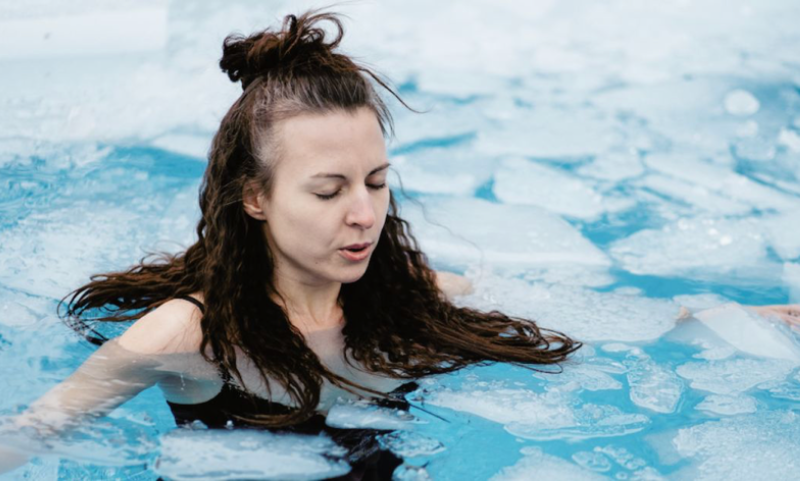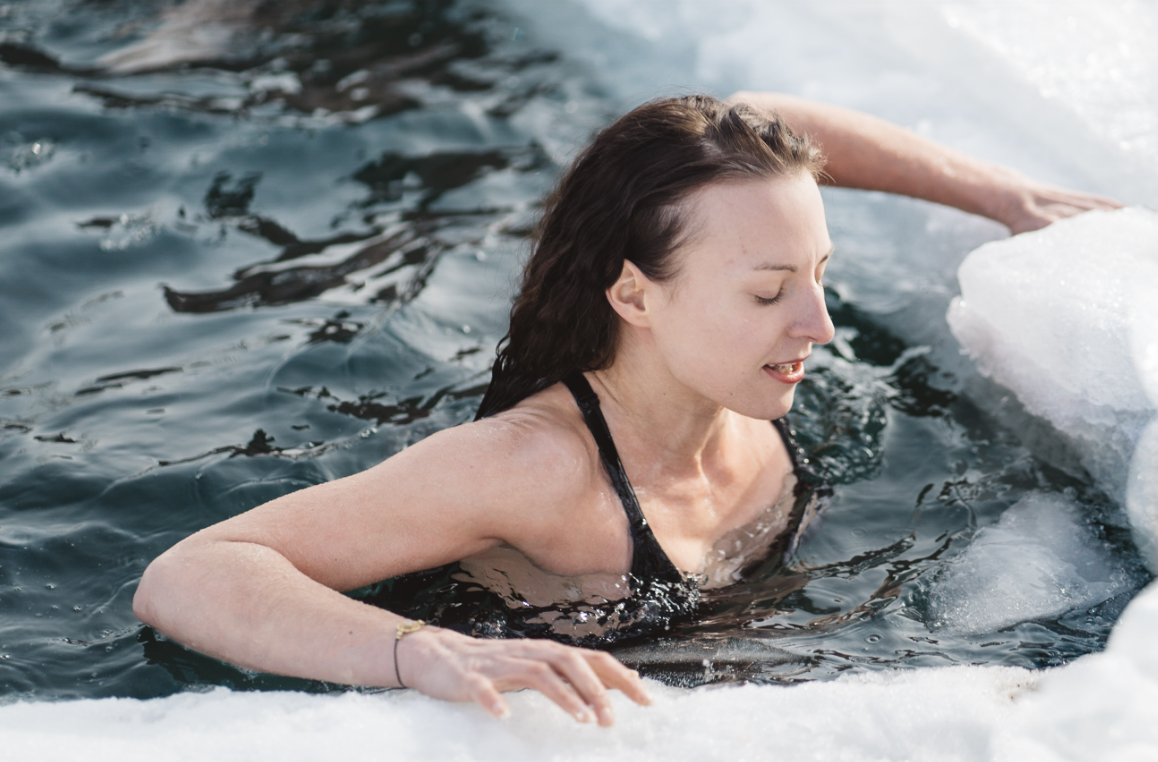Cold therapy
Cold Therapy and Its Effects on Our Nervous System
The modern time presents a lot of different stressors that we encounter in our everyday lives. Be it...
The Hazards of Cold Therapy: What to Watch out for
Cold exposure presents certain health risks, especially when performed without the supervision of an...
The Basic Principles of Cold Therapy
When learning to cook, we do not just learn the recipes, we need to learn the principles of cooking....



